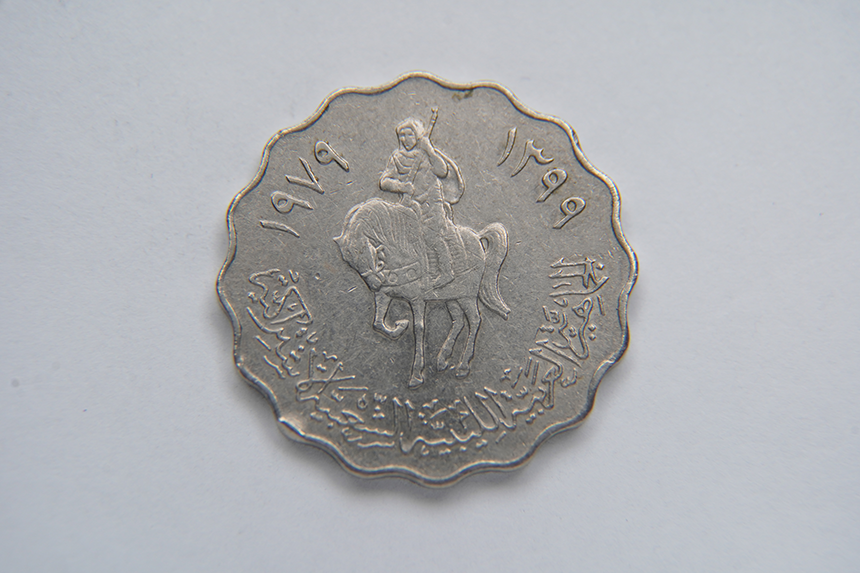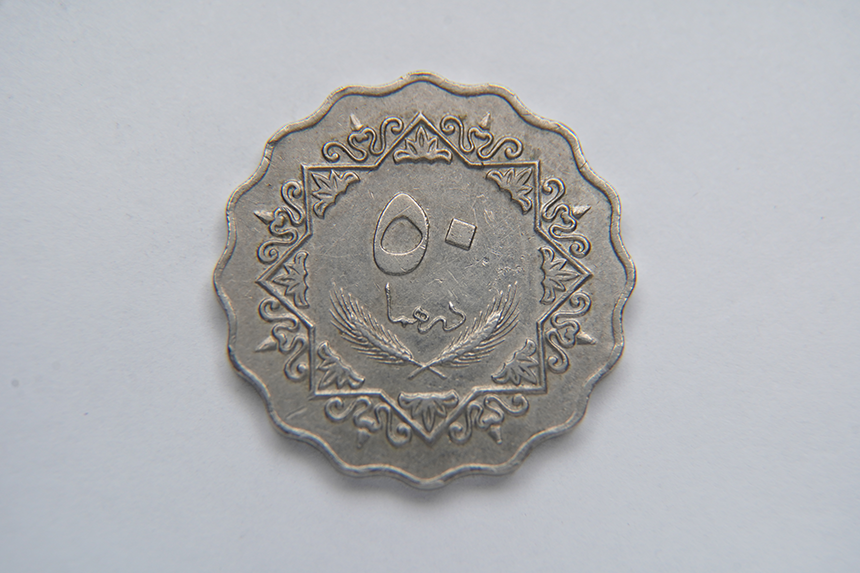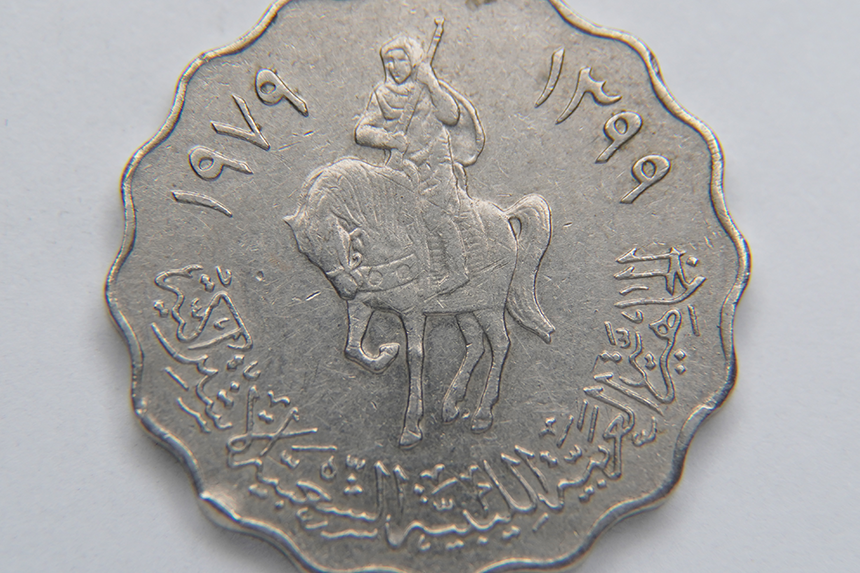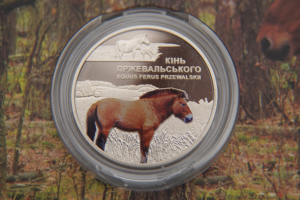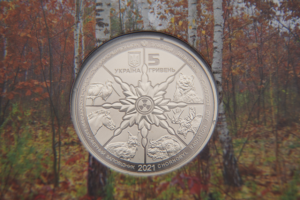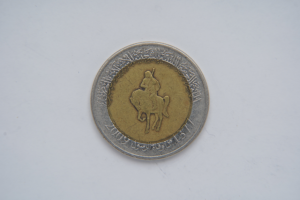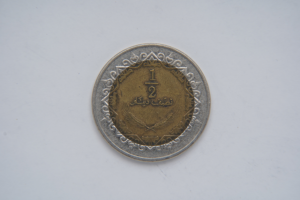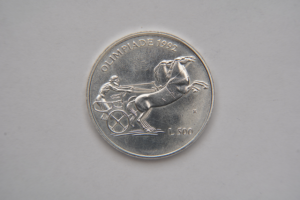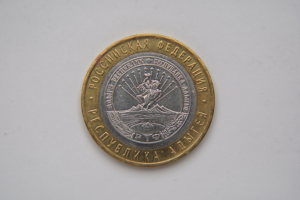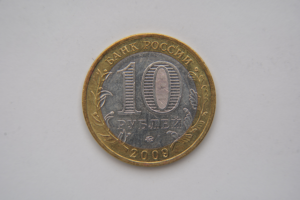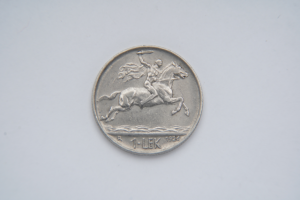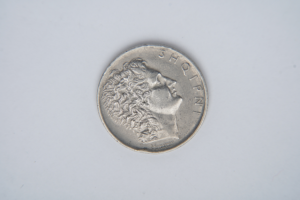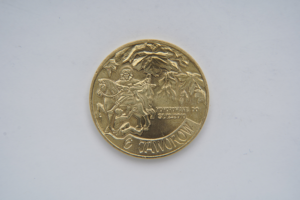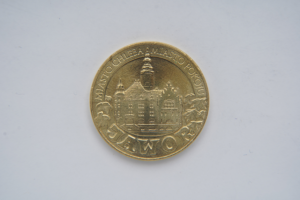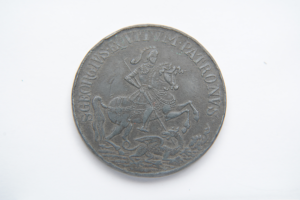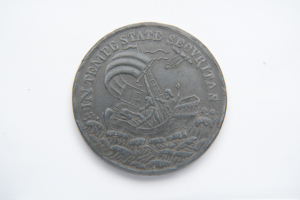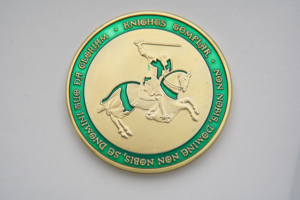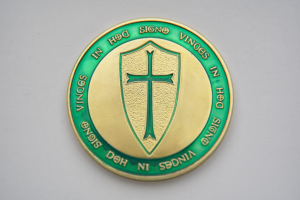Libya’s independence.
Reverse of the coin.
Big size of obverse of the coin.
More information
Libya’s independence.
So here we have the Libyan dirham, nominal - 50. The year of issue of this coin is 1979. Total circulation – 9.120.000.
The future of Libya gave rise to long discussions after the war. In view of the contribution to the fighting made by a volunteer Sanūsī force, the British foreign minister pledged in 1942 that the Sanūsīs would not again be subjected to Italian rule. During the discussions, which lasted four years, suggestions included an Italian trusteeship, a United Nations trusteeship, a Soviet mandate for Tripolitania, and various compromises. Finally, in November 1949, the UN General Assembly voted that Libya should become a united and independent kingdom no later than January 1, 1952.
A constitution creating a federal state with a separate parliament for each province was drawn up, and the pro-British head of the Sanūsiyyah, Sīdī Muḥammad Idrīs al-Mahdī al-Sanūsī, was chosen king by a national assembly in 1950. On December 24, 1951, King Idris I declared the country independent. Political parties were prohibited, and the king’s authority was sovereign. Though not themselves Sanūsīs, the Tripolitanians accepted the monarchy largely in order to profit from the British promise that the Sanūsīs would not again be subjected to Italian rule.
King Idris, however, showed a marked preference for living in Cyrenaica, where he built a new capital on the site of the Sanūsī zāwiyah at Al-Bayḍāʾ. Though Libya joined the Arab League in 1953 and in 1956 refused British troops permission to land during the Suez Crisis, the government in general adopted a pro-Western position in international affairs.
Date
1979.
Culture
Libya.
Medium
Copper-nickel.
Dimensions
6.25x25x1.7.
Classification
Coin.

